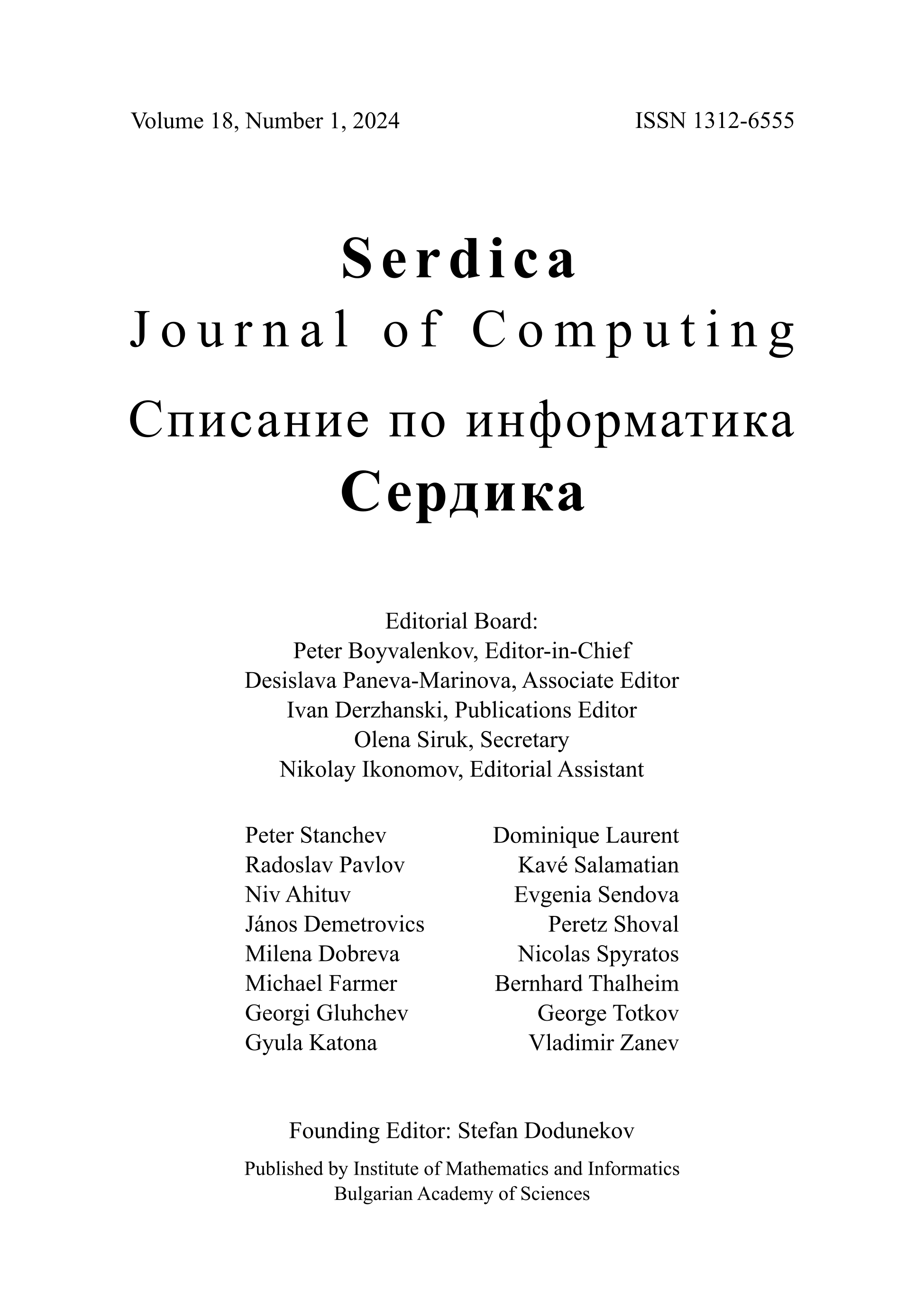Subresultant Polynomial Remainder Sequences Obtained by Polynomial Divisions in Q[x] or in Z[x]
DOI:
https://doi.org/10.55630/sjc.2016.10.197-217Keywords:
Euclidean algorithm, Euclidean polynomial remainder sequence (prs), modified Euclidean (Sturm’s) prs, subresultant prs, modified subresultant prs, Sylvester matrices, Bezout matrix, Van Vleck’s method, sympyAbstract
In this paper we present two new methods for computing thesubresultant polynomial remainder sequence (prs) of two polynomials f, g ∈ Z[x].
We are now able to also correctly compute the Euclidean and modified
Euclidean prs of f, g by using either of the functions employed by our
methods to compute the remainder polynomials.
Another innovation is that we are able to obtain subresultant prs’s in
Z[x] by employing the function rem(f, g, x) to compute the remainder
polynomials in [x]. This is achieved by our method subresultants_amv_q
(f, g, x), which is somewhat slow due to the inherent higher cost of com-
putations in the field of rationals.
To improve in speed, our second method, subresultants_amv(f, g,
x), computes the remainder polynomials in the ring Z[x] by employing the
function rem_z(f, g, x); the time complexity and performance of this
method are very competitive.
Our methods are two different implementations of Theorem 1 (Section 3),
which establishes a one-to-one correspondence between the Euclidean and
modified Euclidean prs of f, g, on one hand, and the subresultant prs of f, g,
on the other.
By contrast, if – as is currently the practice – the remainder polynomi-
als are obtained by the pseudo-remainders function prem(f, g, x) 3 , then
only subresultant prs’s are correctly computed. Euclidean and modified Eu-
clidean prs’s generated by this function may cause confusion with the signs
and conflict with Theorem 1.
ACM Computing Classification System (1998): F.2.1, G.1.5, I.1.2.

